![]() - 79 years ago, under the leadership of the Party, headed by President Ho Chi Minh , the people of the whole country rose up together to successfully carry out the August Revolution, establishing the Democratic Republic of Vietnam, opening a new era in the history of the nation - the era of independence and freedom. The success of the August Revolution affirmed the strength of the great national unity bloc, and at the same time affirmed the wise leadership of the Party and President Ho Chi Minh .
- 79 years ago, under the leadership of the Party, headed by President Ho Chi Minh , the people of the whole country rose up together to successfully carry out the August Revolution, establishing the Democratic Republic of Vietnam, opening a new era in the history of the nation - the era of independence and freedom. The success of the August Revolution affirmed the strength of the great national unity bloc, and at the same time affirmed the wise leadership of the Party and President Ho Chi Minh .

After finding the right path to save the country, Nguyen Ai Quoc propagated Marxism-Leninism in the country, preparing the conditions for the establishment of the Communist Party of Vietnam . In the spring of 1930, the Communist Party of Vietnam was born, marking a major turning point in the Vietnamese revolution.
The proactiveness and creativity of the Party and President Ho Chi Minh in determining the task of national liberation
The Party's "Brief Platform" drafted by Nguyen Ai Quoc defined the mission: "Overthrow French imperialism and feudalism. Make Vietnam completely independent". That national salvation path of the Party and President Ho Chi Minh was suitable for the specific situation of Vietnam, focusing on resolving the fundamental and main contradictions of colonial society, crystallizing the intelligence and aspirations of the people for national liberation, in line with the dialectics of history and the trend of the times.
In October 1930, the "Political Platform" of the Indochinese Communist Party placed at the core of the bourgeois democratic revolution "thoroughly practicing the land revolution, on the other hand, fighting to overthrow French imperialism, making Indochina completely independent". It can be seen that the "Brief Platform" and the "Political Platform" of October 1930 both agreed that imperialism and feudalism were two objects that the bourgeois democratic revolution needed to overthrow in order to gain national independence, to establish a government for the majority of the people, workers and peasants or workers and peasants and soldiers.
The content of "Brief Platform" and "Brief Strategy of the Party" clearly shows that leader Nguyen Ai Quoc and the Party Founding Conference considered the task of fighting imperialism as the most important and mobilized the maximum force of the entire nation to carry it out.
The position and top importance of the task of fighting imperialism, along with the task of fighting feudalism, dividing land for farmers and promoting national strength contained in the documents "Brief Platform" and "Brief Strategy" of the Party were tested and confirmed by the practice of the Vietnamese revolution to be correct, and the progress in the theoretical awareness of the colonial national liberation revolution of the Party's leadership team opened up a direction of unified awareness of the Party Central Committee with leader Nguyen Ai Quoc on the relationship between the two tasks of fighting imperialism and fighting feudalism.
By October 1936, a new argument was raised in the document "Around the issue of new strategies", about the urgency of the national liberation revolution requiring that the land revolution could not hinder its progress.
The document stated: “The national liberation struggle does not necessarily have to be closely linked to the agrarian revolution. That is, it cannot be said that: to overthrow imperialism, it is necessary to develop agrarian revolution, to resolve agrarian revolution, it is necessary to overthrow imperialism. That theory is not correct…if the struggle for land division is developed but the anti-imperialist struggle is hindered, then we must choose which problem is more important to solve first. That is, we must choose the main and most dangerous enemy to concentrate the forces of a nation to fight to achieve total victory.”
Those ideas coincided and were consistent with Nguyen Ai Quoc's arguments on establishing the foremost position of the national liberation revolution and finding the most effective solution to handle the relationship between the tasks of fighting imperialism and feudalism, in accordance with the characteristics of the Vietnamese revolution.
In September 1939, World War II broke out. The great changes in the world and domestic situation posed new tasks for the Party and required the Party to make new decisions and new methods of operation. Therefore, on September 29, 1939, the Party Central Committee sent a communiqué stating: "The situation has changed a lot. The situation in Indochina will move towards the issue of national liberation."
Then, two months after the outbreak of World War II, the Central Committee Conference of the Party (November 1939) stated: "The path to survival of the Indochinese peoples has no other way than to overthrow French imperialism, to fight against all foreign invaders, regardless of whether they are white or yellow, to gain independence and liberation (...) The brutal exploitation of French imperialism in Indochina to provide for the war will make the Indochinese people increasingly revolutionary. The revolution to overthrow French imperialism of the Indochinese peoples will certainly explode."
From that assessment, the conference believed that the Party's policies and guidelines during the period of the Democratic Front movement were no longer appropriate. Therefore, "The strategy of the bourgeois democratic revolution must now change somewhat to suit the new situation. The anti-imperialist and agrarian revolutions are the two keys of the bourgeois democratic revolution. If we cannot solve the agrarian revolution, we cannot solve the anti-imperialist revolution. On the contrary, if we cannot solve the anti-imperialist revolution, we cannot solve the agrarian revolution - that main principle can never change, but it must be applied in a clever way to carry out the main task of the revolution, which is to overthrow imperialism."
In May 1941, from the analysis of the situation, the change in attitudes of classes, strata and the aspirations of the entire people, the Party Central Committee Conference chaired by Nguyen Ai Quoc decided that "it is necessary to change the strategy", to consider the task of national liberation and independence for the country as a "first task of our Party and of the Indochinese revolution". The conference affirmed: "The current Indochinese revolution is not a bourgeois democratic revolution, the revolution does not have to solve the two problems of anti-imperialism and land, but is a revolution that only has to solve one urgent problem of "national liberation", so the Indochinese revolution in the current period is a national liberation revolution".
The conference emphasized: "At this time, the interests of the sections and classes must be placed under the life and death, survival of the nation and people. At this time, if the problem of national liberation is not resolved, if independence and freedom for the entire nation are not demanded, not only will the entire nation and people continue to suffer the fate of slaves and buffaloes, but the interests of the sections and classes will not be reclaimed for ten thousand years."
The Central Party Executive Committee Conference (May 1941) supplemented and completed the "New Party Policy" proposed at the Central Party Executive Committee Conference (November 1939), resolutely affirming the policy of changing strategy, placing the task of national liberation first.
The fundamental change in perception of the current tasks of the Indochina revolution was the origin and foundation for the Party to set forth major policies to widely unite all patriotic forces in the Viet Minh Front, build revolutionary mass forces in both rural and urban areas, build revolutionary bases and armed forces, and actively prepare forces to welcome the opportunity for uprising.
Those decisions led the entire nation to victory in the cause of fighting the French, expelling the Japanese, and gaining independence and freedom for the Fatherland. Thus, from the Party Central Committee Conference in November 1939 to May 1941, the Party, headed by President Ho Chi Minh, completed the revolutionary line for national liberation - the crucial and key stage of the people's national democratic revolution, including a system of dynamic and creative viewpoints, policies and measures. From the policy of carrying out the two tasks of anti-imperialism and anti-feudalism to placing first, foremost and foremost, an urgent and vital task, which is national liberation.
Promoting the strength of the entire nation, the August Revolution succeeded, establishing the Democratic Republic of Vietnam.
Faced with the rapid changes in the world and domestic situation, in July 1936, the Central Party Conference and the Command Committee abroad pointed out that while it was necessary to awaken and promote the legitimate national spirit, while the central task was to unify all national forces to fight for independence and liberation, the communists could and needed to organize the "Vietnam Anti-Imperialist National Liberation Federation" and the "Vietnam Unified National Association" to serve as the foundation for the establishment of the Indochinese Anti-Imperialist National United Front.
In November 1939, the Party Central Committee Conference advocated the establishment of the Indochinese Anti-Imperialist National United Front to "fight against imperialist war, against fascist invasion, overthrow French imperialism, local kings and all imperialist lackeys, demand peace and food, and achieve complete independence for the Indochinese peoples". The national liberation revolution carried out by the Indochinese Anti-Imperialist National United Front was "a type of bourgeois democratic revolution". The forces of the national liberation revolution united in the Front included all classes, parties, and anti-imperialist elements who wanted to liberate the nation, achieve complete independence for Indochina with the right to national self-determination, in which workers and peasants were the main force, under the leadership of the working class.
In May 1941, the Party Central Committee Conference chaired by leader Ho Chi Minh advocated temporarily suspending the slogan of "overthrowing landlords and distributing land to peasants", replacing it with the slogan of confiscating land from imperialists and traitors and distributing it to poor peasants, redistributing public land fairly, reducing land rent and interest, and abolishing land taxes. Therefore, the Conference decided to establish in each country a broad national united front with easy-to-understand names that were meaningful to each ethnic group. In Vietnam, at the suggestion of comrade Nguyen Ai Quoc, the Conference decided to establish the Vietnam Independence League (abbreviated as Viet Minh).
The Vietnam Independence League used a red flag with a five-pointed yellow star in the middle as its symbol. Patriotic anti-imperialist mass organizations all united under the name "National Salvation Association".
On August 12, 1945, President Ho Chi Minh and the Central Party Standing Committee met to decide to launch a general uprising throughout the country. The Party's National Conference (held from August 13 to 15, 1945) decided to launch a general uprising.
Next, the Tan Trao National Congress (meeting on August 16, 1945) unanimously approved the General Uprising policy and elected the Vietnam National Liberation Committee (i.e. the Provisional Government) with Ho Chi Minh as Chairman; decided on the national flag with a red background and yellow star; and chose the song Tien Quan Ca as the national anthem.
On the morning of August 19, 1945, responding to the call of the Viet Minh, the whole of Hanoi rose up under the forest of red flags with yellow stars. From Hanoi, the revolutionary wave spread everywhere, the whole country rose up to fight for power and won. The success of the August Revolution was the victory of the national salvation policy, the correct, proactive and creative leadership of the Party and President Ho Chi Minh.
The victory of the August Revolution opened the most brilliant era in the glorious history of the Vietnamese people, opening a new era - the era of national independence associated with socialism. The greatest achievement of the August Revolution in 1945 was the birth of a new State. On September 2, 1945, at the historic Ba Dinh Square, President Ho Chi Minh read the Declaration of Independence announcing the birth of a new state - the Democratic Republic of Vietnam.
Over the years, despite many historical changes, the historical values and significance of the August Revolution have been increasingly affirmed and have profound significance for the current national renewal process. The success of the August Revolution affirmed the theory and method of national liberation revolution imbued with the values of independence, autonomy and creativity of the Party and President Ho Chi Minh, and is an extremely valuable legacy for our Party and people to continue implementing new strategies and new goals on the chosen revolutionary path.
Source: https://baolangson.vn/cach-mang-thang-tam-thanh-cong-nuoc-viet-nam-dan-chu-cong-hoa-ra-doi-su-lanh-dao-sang-suot-cua-dang-va-chu-pich-ho-chi-minh-5018768.html


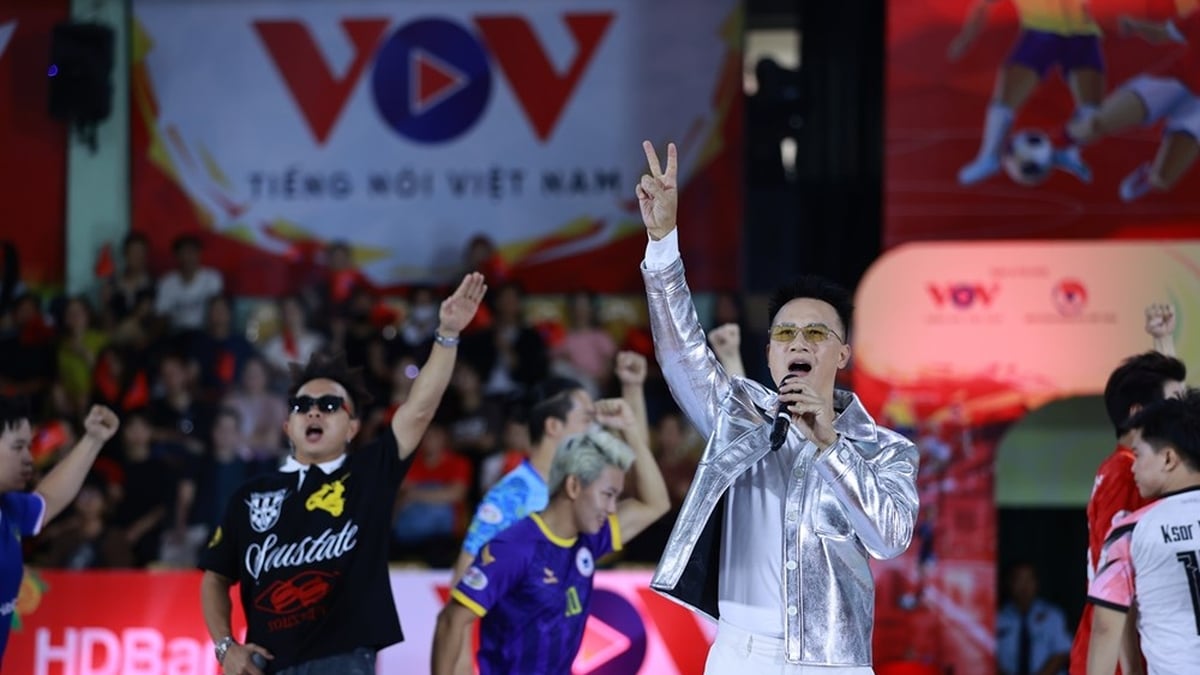
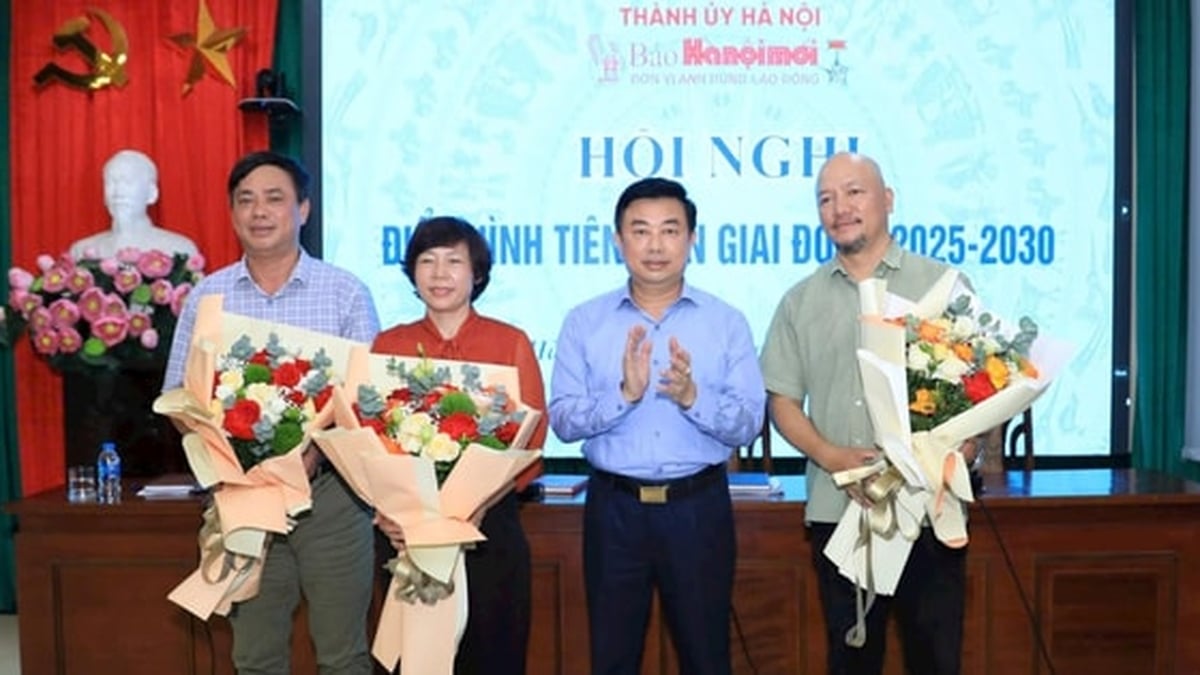
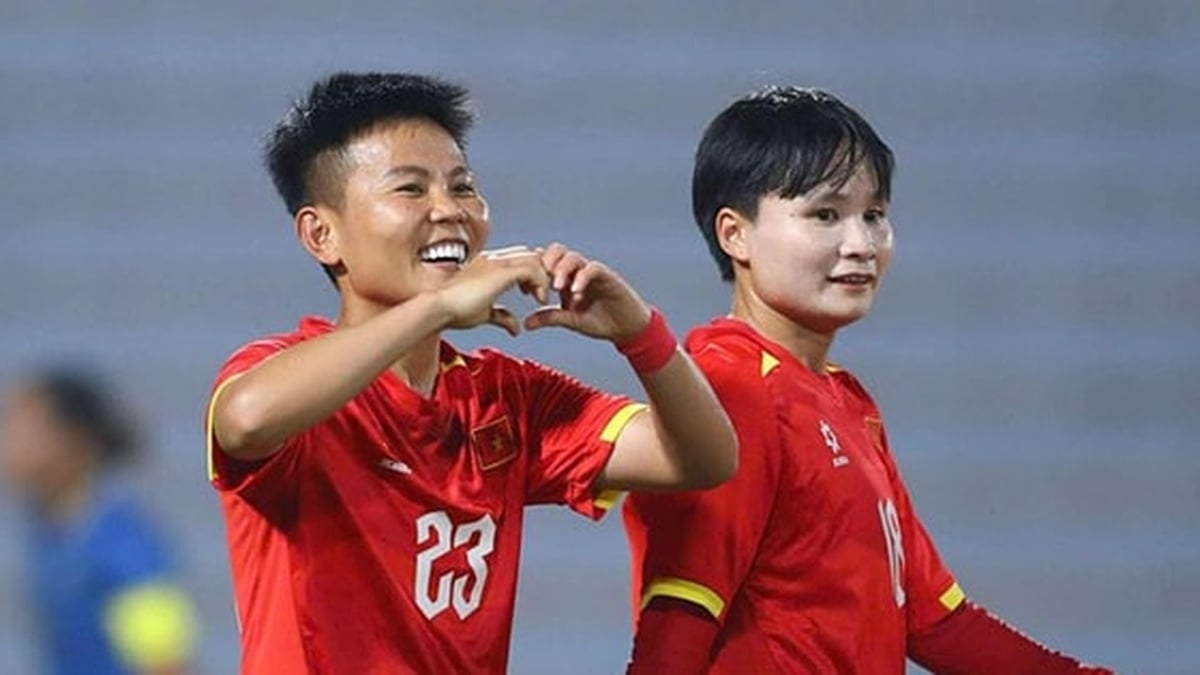
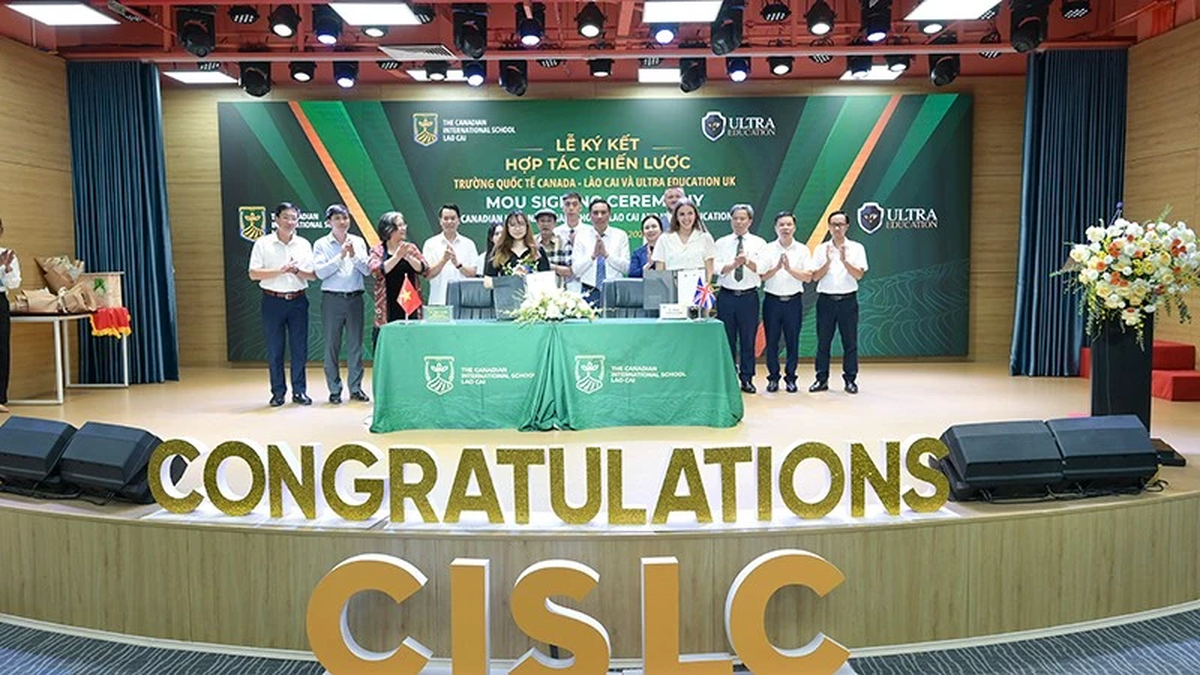
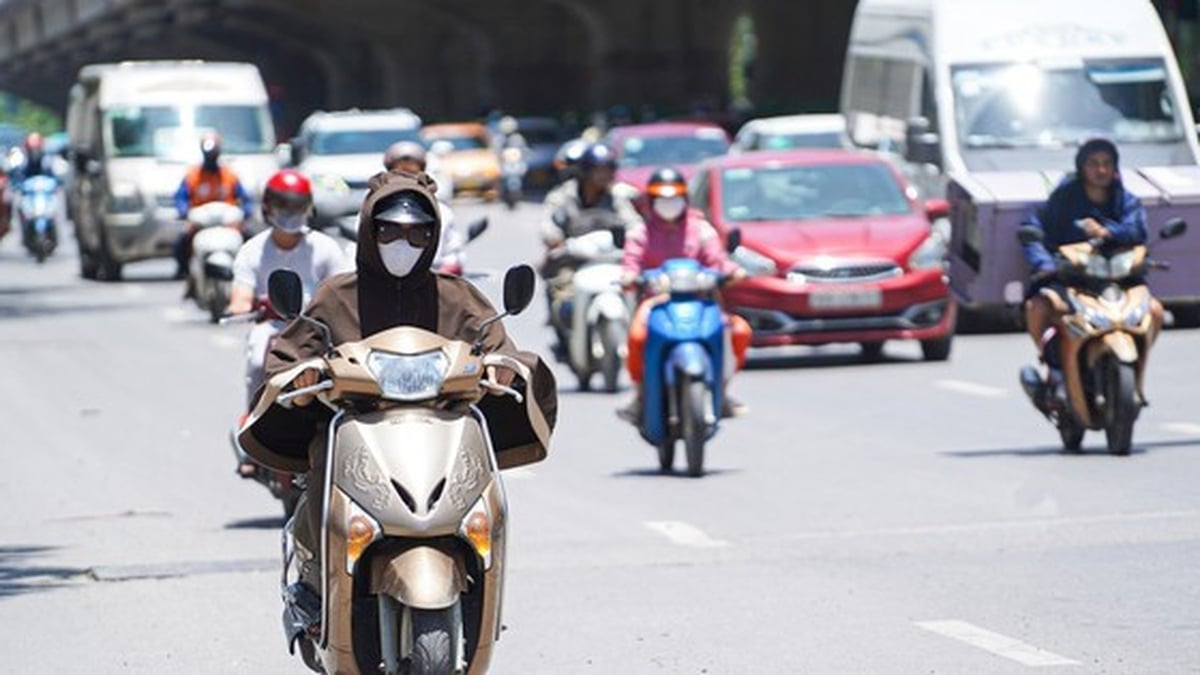
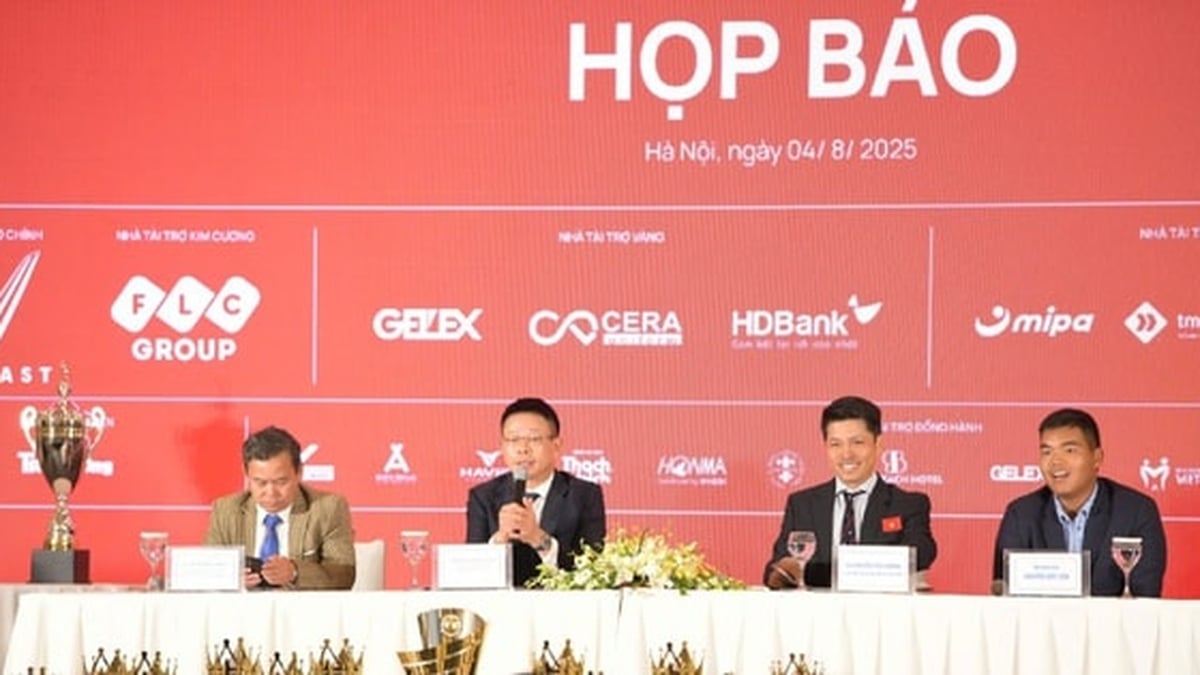


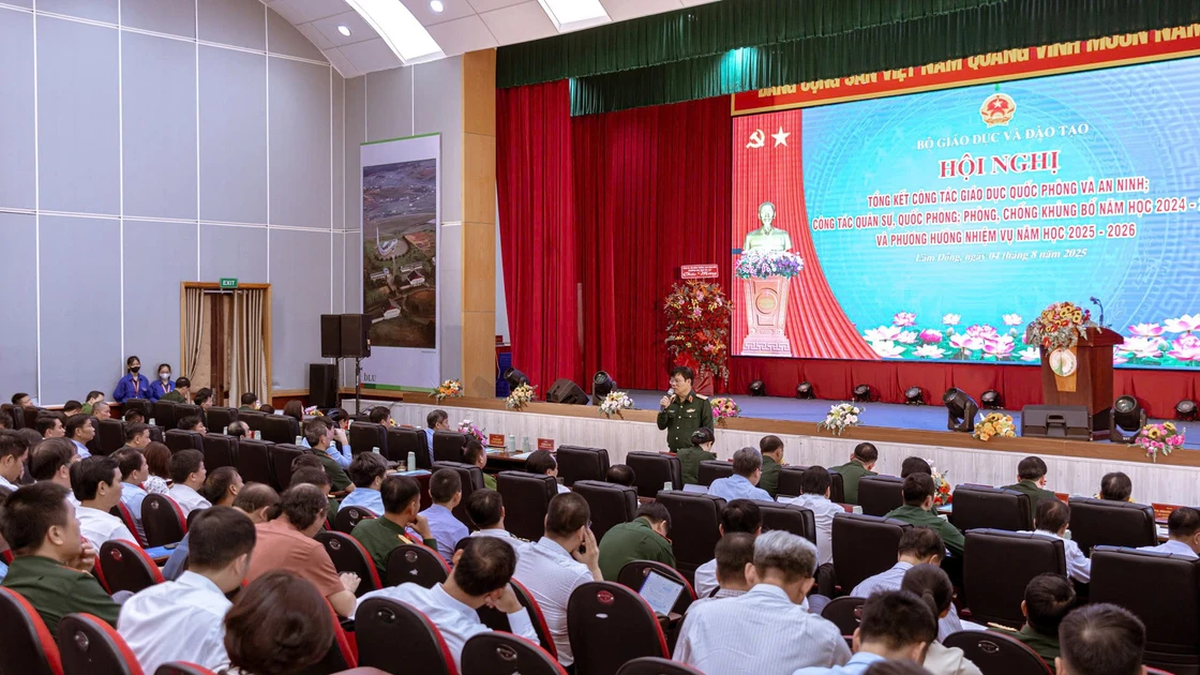
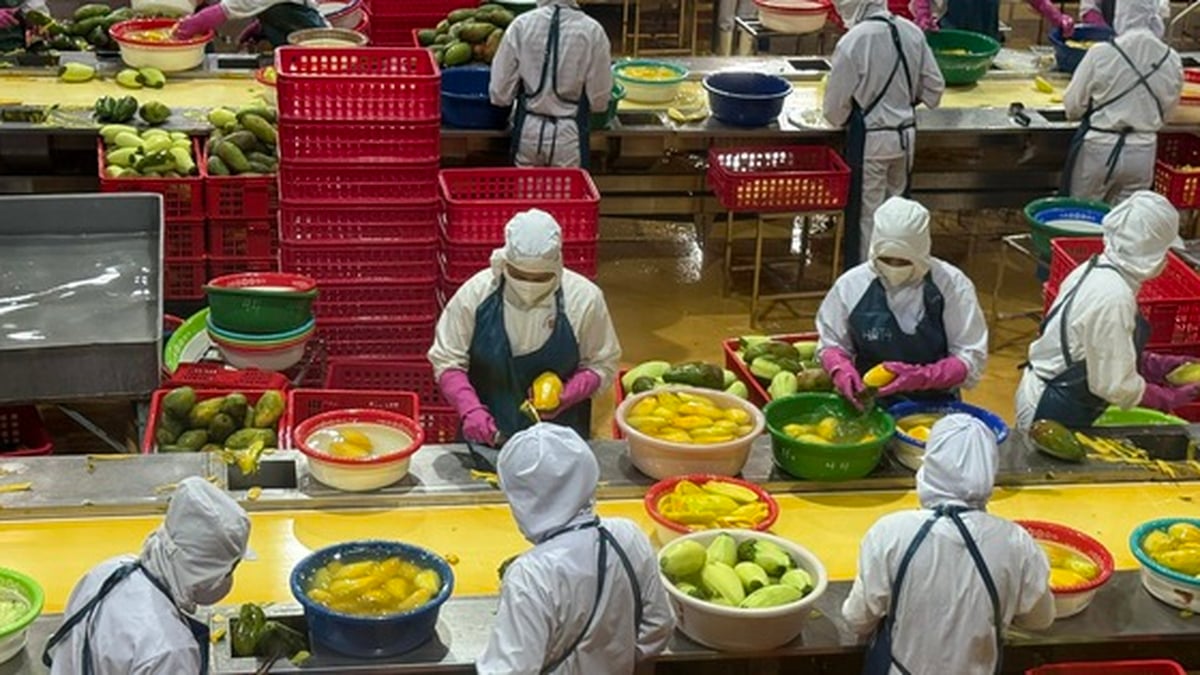












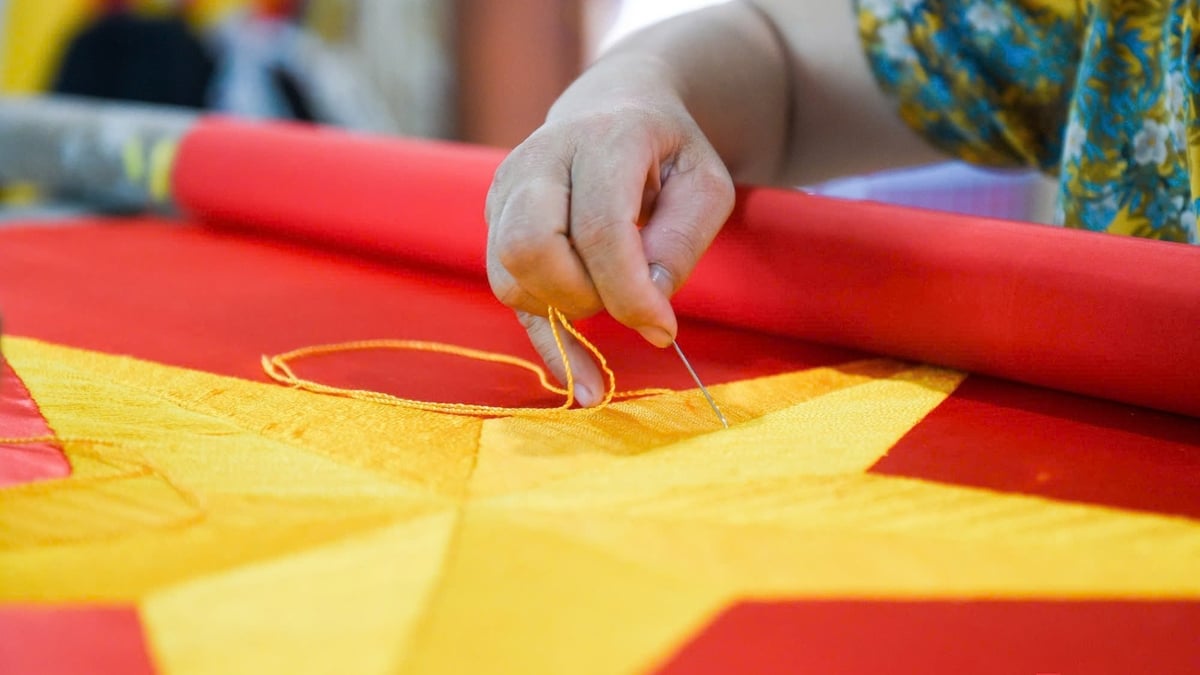

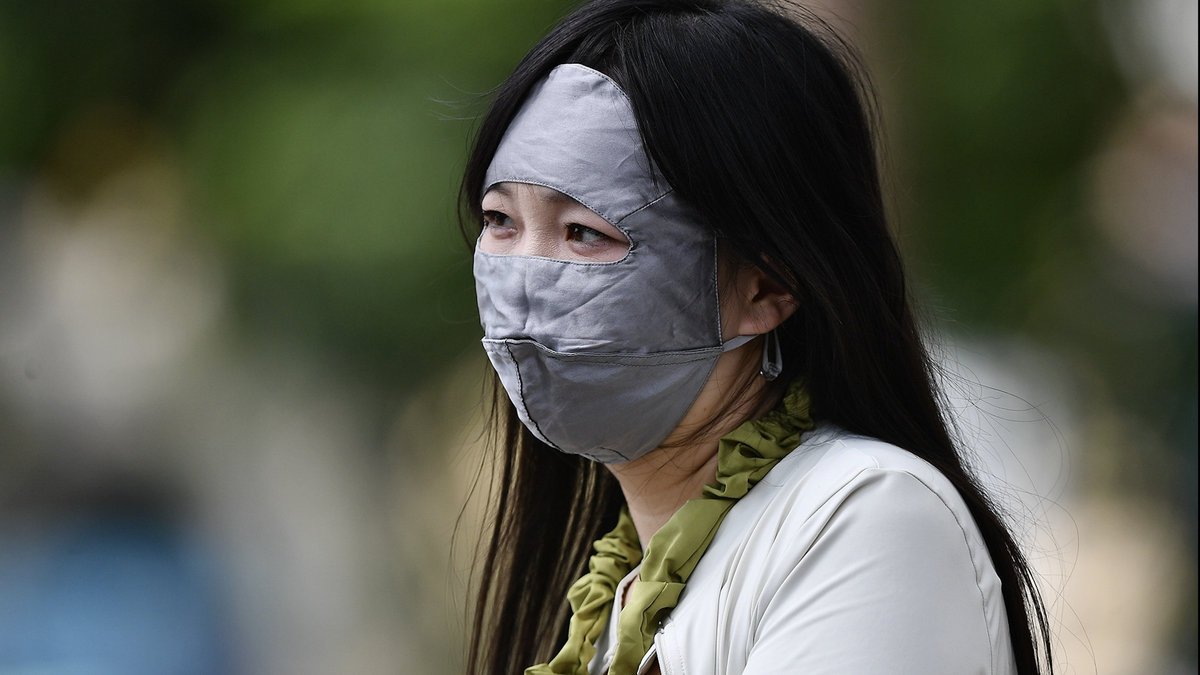
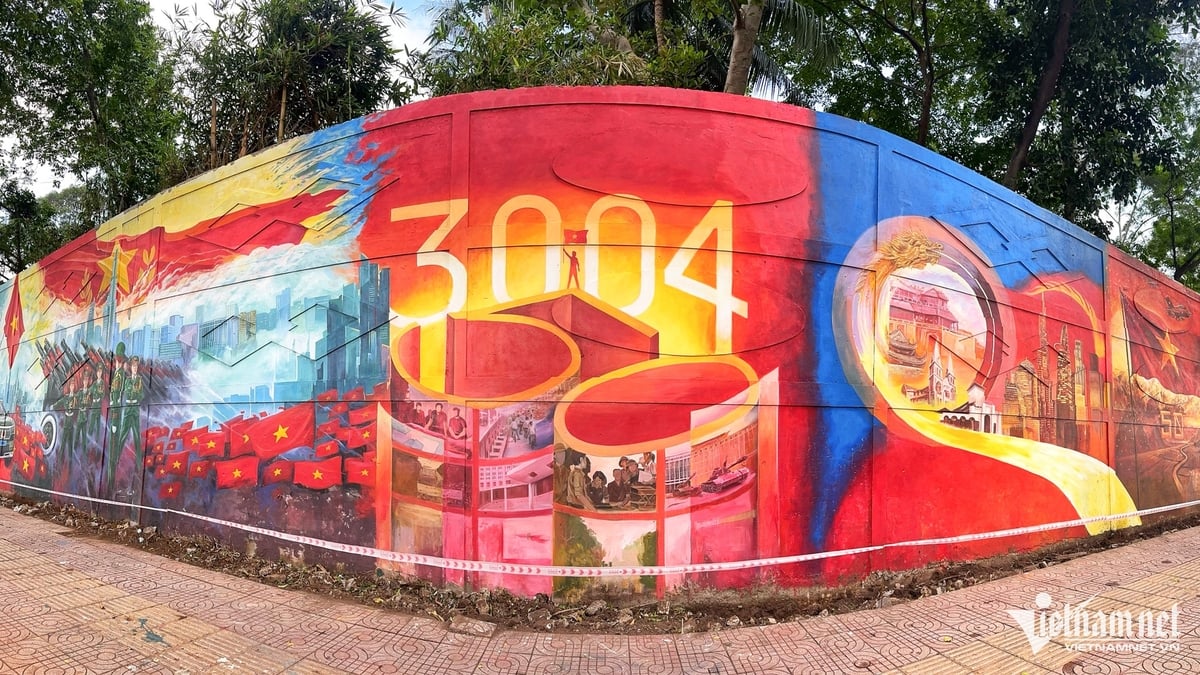

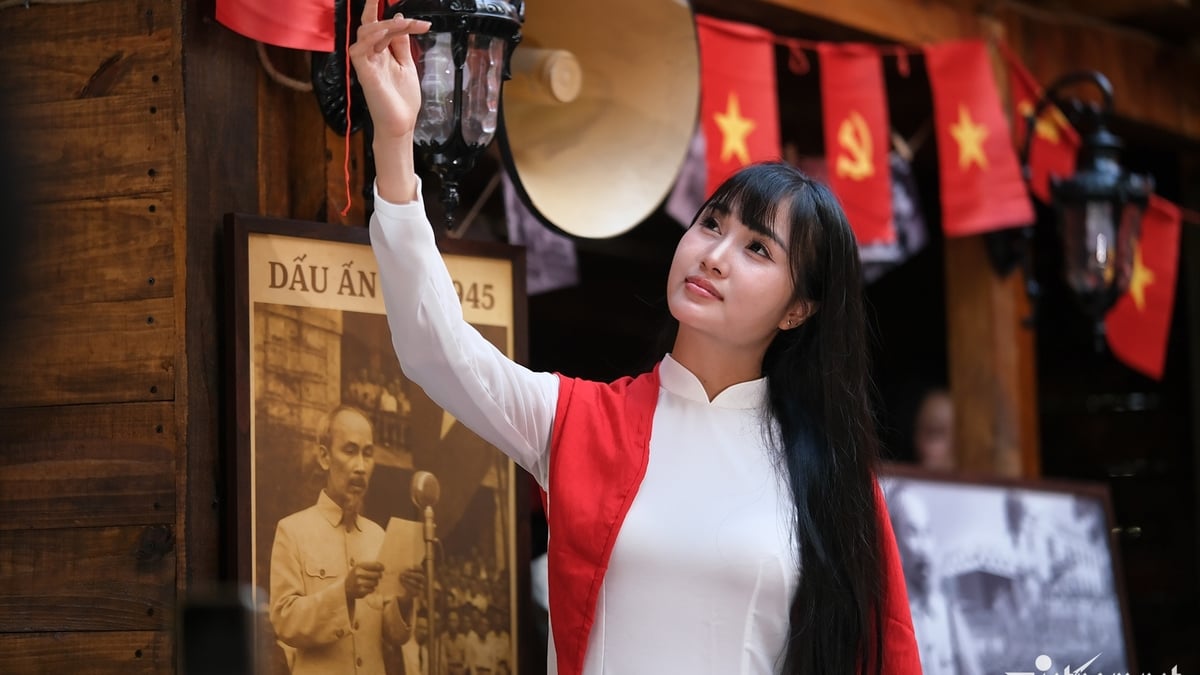


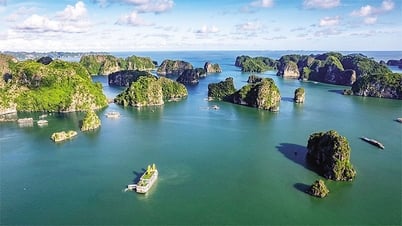



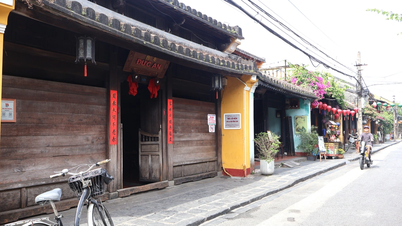

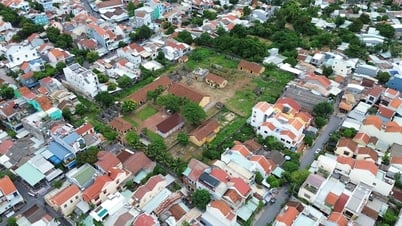



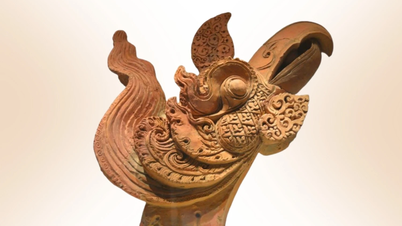












![[Maritime News] Two Evergreen ships in a row: More than 50 containers fell into the sea](https://vphoto.vietnam.vn/thumb/402x226/vietnam/resource/IMAGE/2025/8/4/7c4aab5ced9d4b0e893092ffc2be8327)
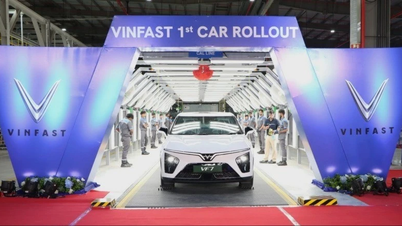

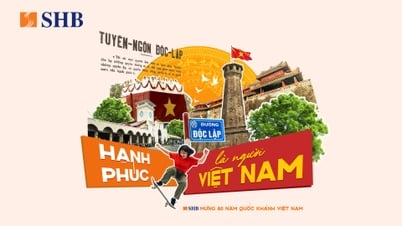



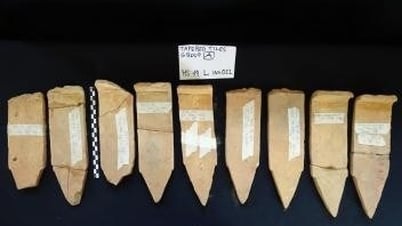
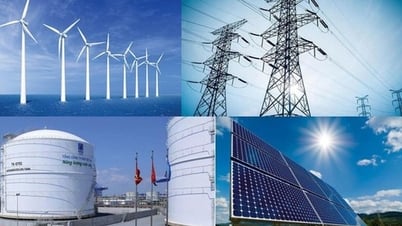

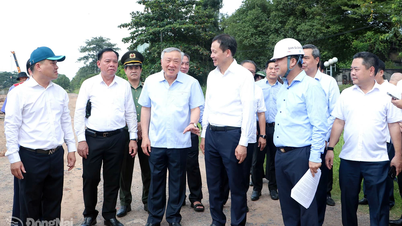


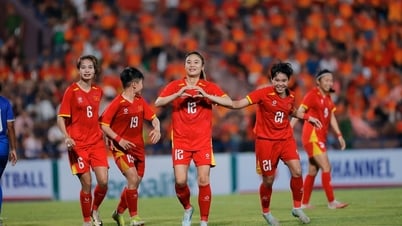

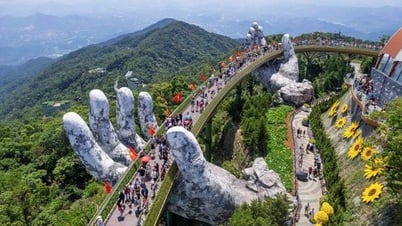

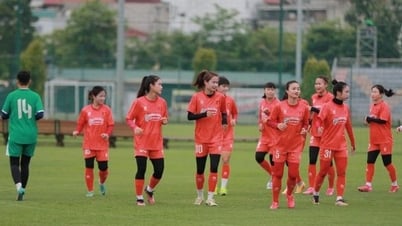

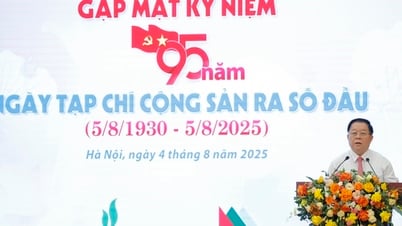
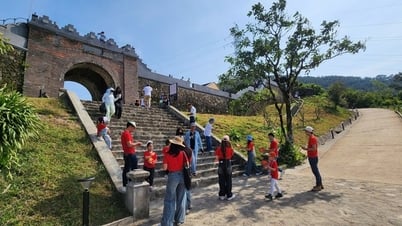
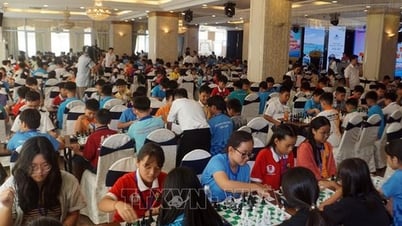








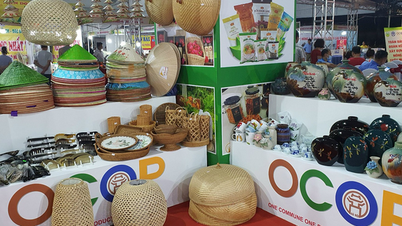
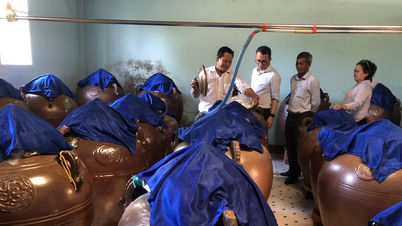



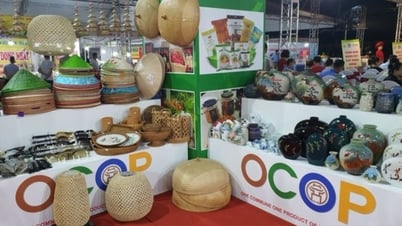

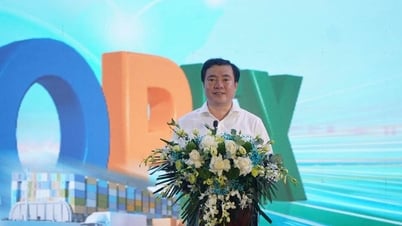


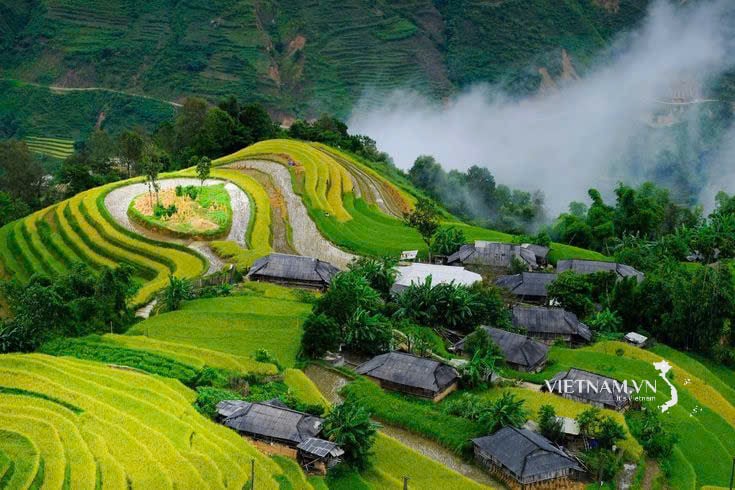
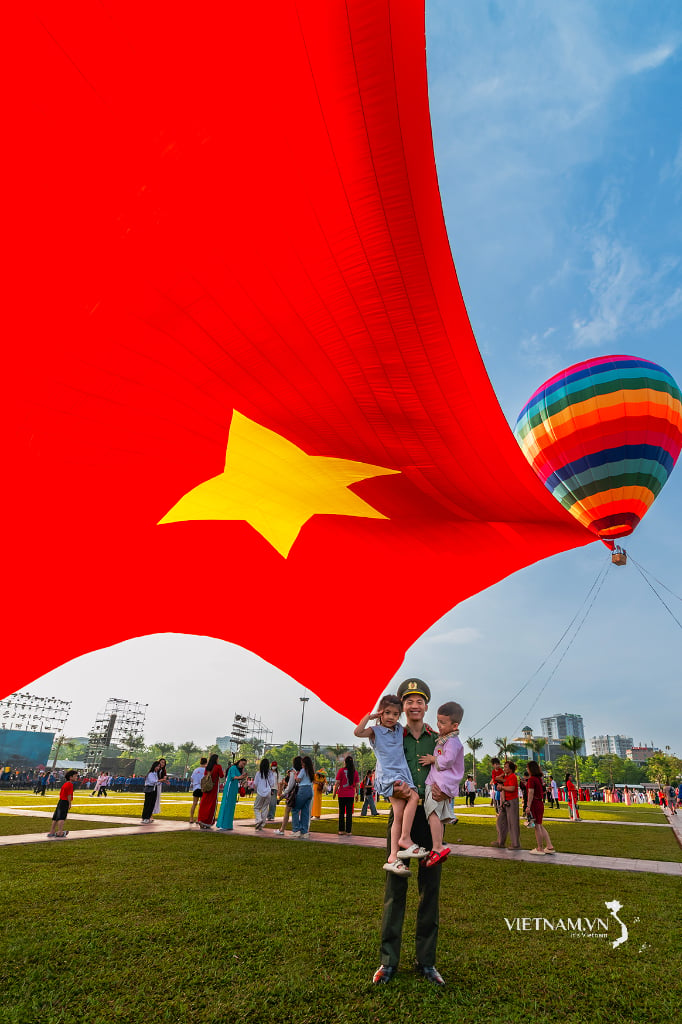
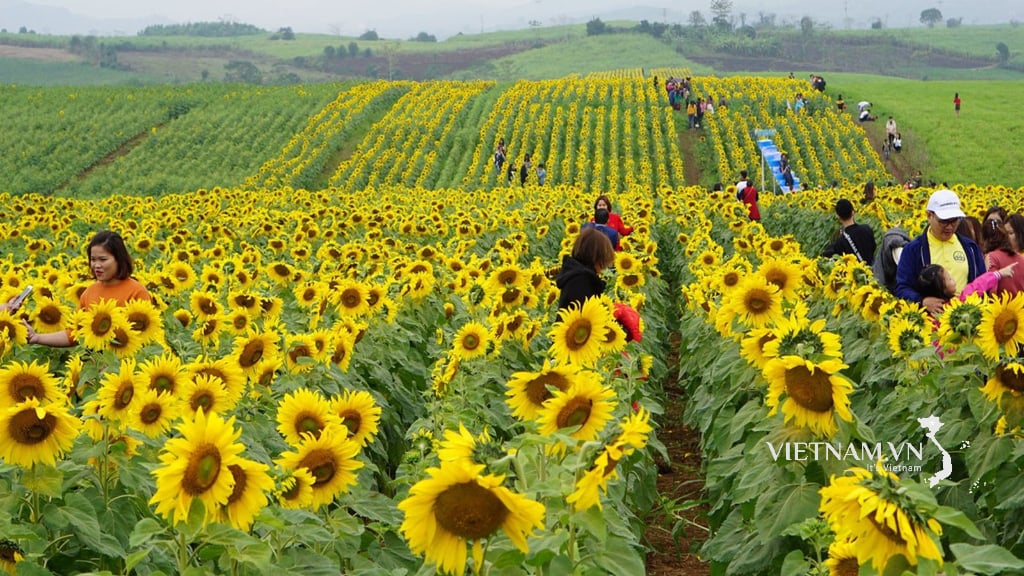
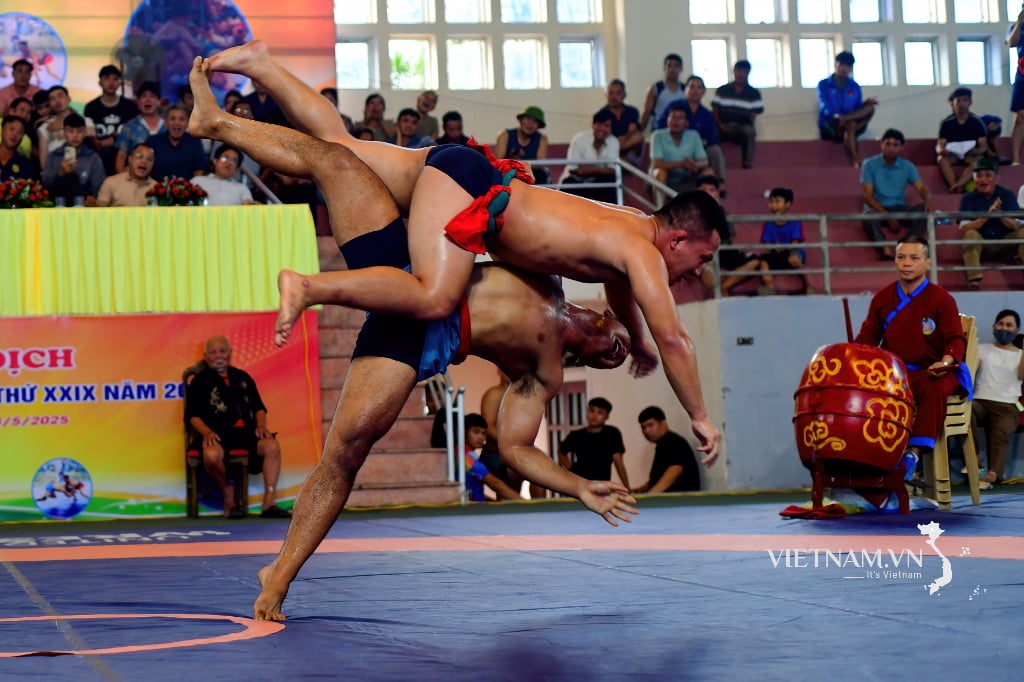
Comment (0)